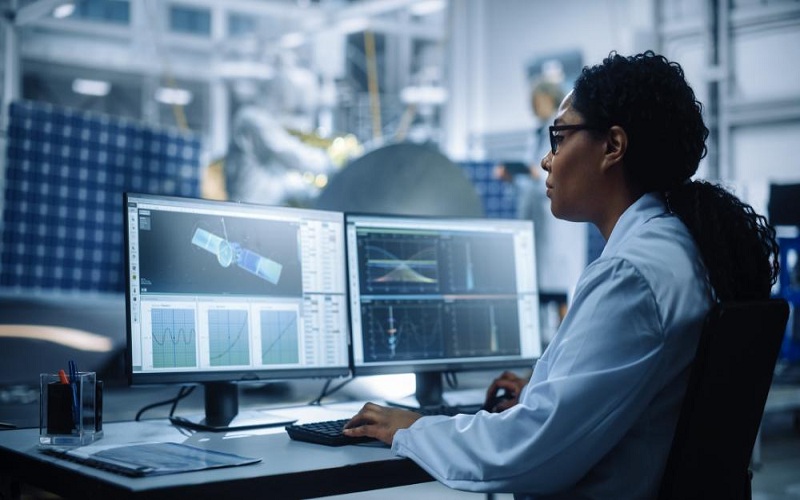For centuries, long-distance travel meant a lengthy and often perilous journey by land or sea. The invention of powered human flight in the early 20th century completely transformed how both people and goods can move across great distances. Engineers, scientists, and pioneering aviators have spent the last hundred years refining aviation technologies that have made air travel routine, affordable, and much safer. Ongoing innovations continue the quest to make flight available to more people while reducing costs and environmental impact.
Early Flights: Testing the Limits of Bravery
The early decades of human flight pushed the boundaries of courage and physical endurance. With open cockpits that left pilots exposed to the elements, the first planes were little more than rickety gliders fitted with loud, underpowered engines. Accidents were extremely common as designers struggled to understand the demands of powered atmospheric flight. Still, a handful of intrepid aviators succeeded in crossing the English Channel in the 1920s and making the first solo transatlantic crossing in 1927. Though comforts were few and risk was high, the age of routine air travel was born.
Making Flight Reliable: Mastering Aerodynamics
As aircraft became more sophisticated in the 1930s, accidents declined, but long journeys remained impractical. The biggest obstacles were limited range and payload capacity. New enclosed cockpits improved comfort and safety for a handful of passengers, but most airplanes still struggled to carry heavy loads over long distances.
Bright engineers made breakthroughs by studying the science of aerodynamics: how airflow over surfaces creates lift and drag. By shaping wings and fuselage for maximum smooth airflow, less engine power was needed, meaning aircraft could carry more weight using less fuel. Other pioneers developed advanced navigation tools and radio communication technology so pilots could fly accurately in all conditions.
The Jet Age Takes Off
In the late 1950s, the introduction of jet-powered airplanes revolutionized aviation. Jet engines generated more powerful thrust while burning less fuel compared to old propeller technology. With cruising speeds above five hundred miles per hour, jet travel enormously reduced flight times. Airlines rushed to adopt these cleaner, smoother flying machines that turned cramped hours-long journeys into comfortable trips measured in minutes.
Yet as consumer air travel exploded globally in the 1960s and 70s, it became clear that rapid growth had a downside in terms of pollution, airport congestion, and noise. These complex challenges initiated a wave of aircraft innovations aimed at balancing the environmental impact against the benefits of aviation.
Pushing the Horizon Through Advanced Engineering
For over 50 years, commercial aviation has steadily advanced through clever engineering focused on economy, ecology, and user experience. The people at AerodineComposites.com say that strong yet lightweight aircraft composite technologies now reduce structural weight to diminish fuel consumption. Sophisticated computer modeling guides designs optimized for power, stability, and aerodynamics. Engineers constantly evaluate ways to make flight greener by improving engine efficiency and developing alternative fuel options.
Tomorrow’s Travel, Today’s Vision
Though we have come a long way in little more than a century since the pioneering Wright brothers’ first powered test flights, the future promises even more dazzling developments. Engineers expect advanced composite technologies and alternative fuel experiments to eventually yield electric and hybrid electric planes. Quiet, emissions-free electric aircraft could transform regional travel and package delivery. Self-piloting drone air taxis able to take off vertically may someday provide urban commuting solutions. Iconic Concorde successors could again shrink transoceanic travel times with economical supersonic flight.
Conclusion
One thing is certain – global demand for aviation will continue to grow. The adventurous spirit that has always propelled pioneering aviators ever skyward ensures an exciting future in which emerging technologies will carry aviation to astonishing new heights.




